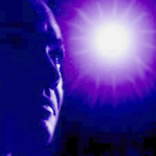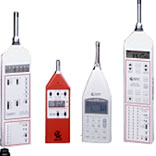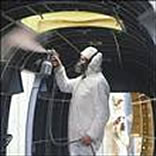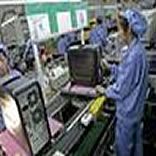|
| |
|
 |
A method adopted to evaluate the technical performance or evaluating the efficiency of the existing lightning fixtures installed in the workplace and to compare it with the existing standards. Standard referred is IS 6665.
Its purpose is to reduce the eye related problems and accidents by providing better illumination at the workplace during the work activities.
Lux meter is the instrument used for measuring Illumination levels and unit for light measurement is Lux. Methodology involves selecting the location of measurement, monitoring lux at different locations with the help of lux meter and preparing measurement chart with diagram. Comparing the results with the standards and providing appropriate recommendations for the areas where low lux is observed. |
|
| Noise Monitoring/Modeling & Mapping |
|
| |
|
 |
The objective of the program is to identify and control noise hazards and protect all employees who have a potential to develop noise induced hearing loss.
Sound Level Meter (SLM) is the instrument used for noise measurement. Worker exposure surveys including area noise measurements, personal dosimeter, and noise mapping; with comparisons to applicable (Factory’s Act) standards, and to more stringent employer criteria if utilized. Octave band and source characterization measurements to guide noise control efforts.
|
|
| |
|
 |
| Our Ergonomics Program is dedicated to the integration of sound ergonomic principles with practical, cost-effective solutions, for maximum productivity gains in industry. Our engineering approach utilizes analytical methods to quantitatively assess occupation risk factors and to prioritize tasks to achieve maximum loss reduction benefits from job design interventions. Our administrative approach of training and ergonomic program development strives to interject ergonomic principles into the culture of an organization. |
|
| Air Monitoring/Exposure Assessment |
|
| |
|
 |
Exposure assessments are used to determine the adequacy of engineering controls and work practices along with selection of the least hazardous materials that meet performance needs.
Both qualitative and quantitative methods are used. Qualitative methods alone are often sufficient without actual exposure measurements, based on contaminant characteristics, controls, proximity and duration of potential exposure.
Air monitoring and other environmental sampling are conducted using NIOSH and OSHA methods when available, other methods as necessary. Air monitoring is conducted for comparison with established occupational exposure limits such as the OSHA Permissible Exposure Limits (PELs) and American Conference of Governmental Industrial Hygienists (ACGIH) Threshold Limit Values (TLVs), or employer defined limits.
|
|
| Environment Health Survey |
|
| |
|
 |
| Written programs, work practices, record keeping, employee behavior and work environments are evaluated to assess program status. Hazard assessments are provided as an aid to identify and rank risks to aid in so resource allocation proportional to the hazard. Assessments vary in depth and scope, depending on customer needs. |
|
|
|
|